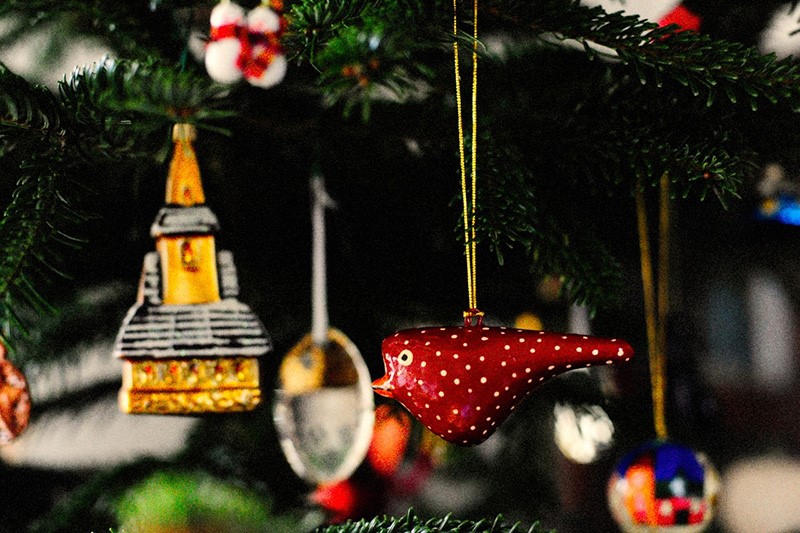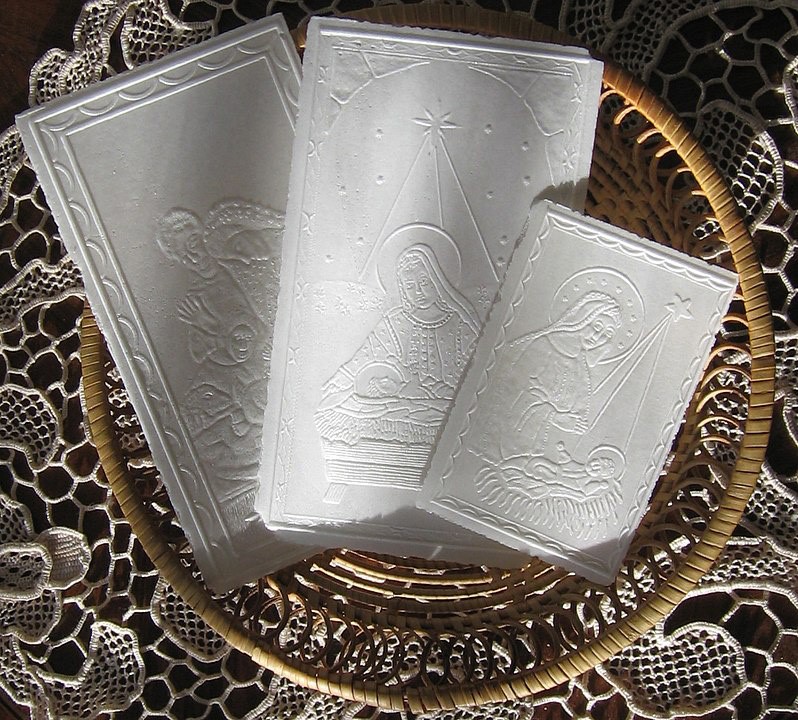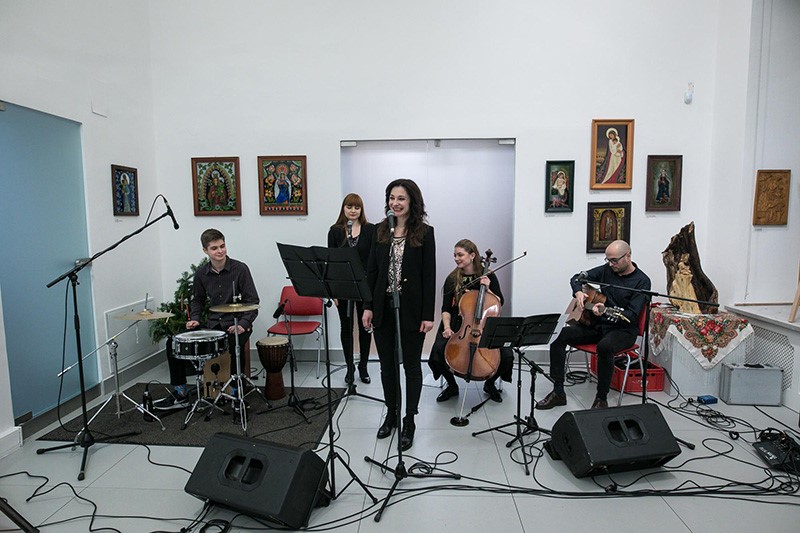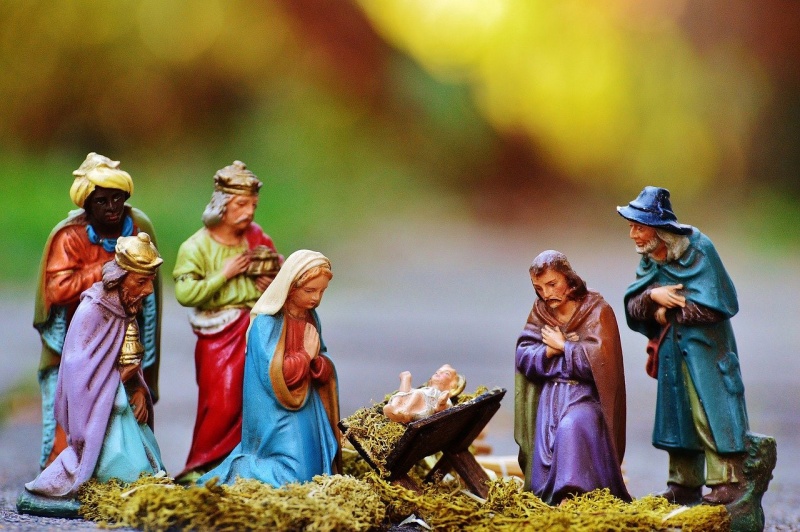
Between the moment when the advent wreath is hidden, with the last of the four candles having died out, and the moment when the house will resonate with the merry voices of children unwrapping their gifts, the Hungarians and the Poles will sit down to a very special meal – the Christmas Eve dinner, with which they will begin their celebration of Christmas on the 24th of December.
When it comes to Christmas festivities, there is a lot that we have in common, mostly the gratitude and joy, at the coming of the Christ. But also the focus on building ties and relations with our loved ones, which is especially strong during this time. There are also differences, due to the varying traditions present in our countries, further reinforced by the customs, developed in individual homes.
THE CHRISTMAS TREE
The Christmas tree tradition, which comes from 16th century Alsace, made its way into Polish homes, between the end of the 18th, and the beginning of the 19th century, and to Hungary, in the middle of the 19th century. Once, only reserved for the wealthy, today, large, or small, it stands in almost every home. Both Polish and Hungarian tradition says, it must be decorated, at Christmas Eve, but in Poland, this tradition has largely disappeared over the last decades. Now, Christmas trees are bought and decorated, at least a few days before Christmas Eve. The Hungarians have stayed true to the old custom.
Timea Balajcza, who has been living in Warsaw, for the last twenty years, and runs a linguistic company here, says, that, on December 24th, on the streets of Budapest, her home town, you can meet many elderly people, walking with their grandchildren. They often take them to church, to see a nativity play, in Hungary, known as Betlehem.
During that time, their parents, and other adults, who have stayed at home, bring in the Christmas tree and decorate it. When the kids come back from the walk, they are greeted by the tinkling of a bell, the sign that the house had just been visited by Baby Jesus, who brought gifts, and the sight of the decorated Christmas tree, with presents underneath. Timea emphasises that it is an exceptionally beautiful tradition, cherished by both children and adults alike. After moving to Poland and the birth of her two daughters, she cultivated if for a few years, but finally the impossibility of buying a nice and fresh Christmas tree on December 24th, has forced her to abandon this custom. Christmas trees in both countries, are decorated in a similar fashion, but in Hungary, they also hang szaloncukor – pralines, stuffed with jelly, vanilla, hazelnut paste, or marzipan. The kids, are happy to sneak up and eat these sweets, so at the second day of Christmas, the branches are not only hung with decorations, but also with empty candy wrappings.

The family home of Mrs Angelika Koroszyńska-Górny, a Hungarian, living in Poland, a vocalist and composer, lies in Użhorod in Transcarpathia. In her childhood and youth, this region was part of the Soviet Union. Angelika remembers how clandestine and full of tension, their Christmas festivities often were, for her family. Since the time of the 1917 revolution, the Soviet authorities tried to root out all manifestations of religious practice, Christmas included.
In 1935, they again allowed the, till then outlawed, Christmas tree, but… on the New Year. Having one on Christmas, was subject to severe repressions. “In order to celebrate Christmas, we really had to go out of our way. These were quiet preparations. They would often take place at night, and the dishes would be hidden. My parents would have an open house, and many people would come and visit it. Among them there were those, sent by the secret service, because our family was under surveillance. During Christmas Eve, there were various strange guests, sitting in our house, till late in the evening. When they would leave, my mum, would take out a Christmas centrepiece, and we would celebrate at night, quietly, with curtains drawn. This was twice a year. During “mum’s Christmas”, who is a Protestant, and during the Orthodox “dad’s Christmas”. This secrecy ended only in 1991.
THE SUPPER
The culminating point of Christmas Eve is the supper. In Poland, it should traditionally begin, when the first star shines in the sky, which is roughly at 4.00 p.m. Then the family, gathered at the table, listens to the gospel of saint Luke, telling of the birth of Jesus, and gives one another best wishes. While giving the wishes, the Poles break wafer, which symbolises reconciliation, friendship and love. The Hungarians, in turn, share an apple, divided into as many pieces as there are people at the table. It symbolises love and unity in the family. The table is traditionally covered with a white cloth, and decorated with candles, baubles and fir twigs. In Poland some hay must be placed under the cloth, to commemorate the hay, on which Mary lay her newborn Son. In Hungary, in turn, lentil is placed there as a symbol of abundance.

Having moved to Poland, Timea Balajcza was surprised by the multitude of local Christmas traditions, and the fact that Poles faithfully adhere to them. For example, the custom of putting up, one extra plate on the table, for an unexpected guest, who ought to be invited, should he come knocking at our door, during Christmas Eve. Or meatless menu, consisting of twelve dishes. She quickly adopted the custom of breaking the wafer, which she really likes. Regarding the menu, she has observed many similarities. Both in Poland and Hungary dishes are served, consisting of fish, cabbage and poppy. The Hungarians are not familiar with the beetroot soup, since in their country, beetroots are only eaten cold. The soup served during Christmas Eve is halászlé, or fish soup, with a lot of paprika. On the table you will also find töltött káposzta which is meat stuffed cabbage, which, unlike in Poland is divided into small portions. Then bejgli for dessert, or Christmas loaf, with poppy seeds, honey and nuts. The Hungarian women also prepare zserbó – yeast cake, with layers of apricot jam and ground walnuts. In both countries, one can also encounter gingerbread on the table. In Timei’s family home, meatless dishes were served as well, just like in Poland, but in protestant homes, the Christmas Eve menu is not only limited to those. Apart from fried carp, roasted meat is served too, stuffed with fruit, like plums, peaches, or apples. And in addition, as the country is famous for producing excellent liquors, it is mulled wine, spiced up with orange, cloves, and cinnamon.
In the home of Angelika Koroszyńska-Górny, both Protestant and Orthodox traditions were honoured. With different dishes being prepared for “mum’s Christmas” and “dad’s Christmas”.
On the 24th of December, Angelika’s mom, would prepare supper, according to the Protestant tradition, where the Christmas Eve lent is not compulsory. “There were many dishes with mushrooms and mandatory stuffed cabbage. Mum would serve delicious wine soup with eggs. There was also poppy seed cake called Bejgli and marshmallow for dessert. Mum would also prepare warm noodles with nuts and sugar, or poppy seeds and sugar. Now I also serve it on Christmas Eve, just like the dessert consisting of chestnuts with whipped cream, from my mum’s menu.”
When the turn for Orthodox Christmas came, the family fasted for the whole day, and the supper consisted of meatless dishes: “We would eat grated beans with onions and bobaika – a cake with poppy seeds and nuts. Here in Poland, I combine the recipes brought from my home, with the Polish ones. Till now, I celebrate twice, since I am a Greek Orthodox and my husband and kids are Roman Catholics. I also have different menus for the Greek Orthodox and the Roman Catholic Christmas Eve.”
PRESENTS
Angelika’s house, is visited by Santa Claus twice. When Christmas is celebrated by the Catholics and Protestants, and later when it is done by those who are Orthodox and Greek Orthodox. One tradition, Angelika has brought from her home, is the custom of ransoming presents: “After the supper, we all sit down around the Christmas tree, and my husband puts on Santa Claus’s cap. The presents have to be ransomed, and not just in any way. So the kids have to sing, dance, or say a poem. You really have to try hard, so for two hours we have a concert, where the kids sing and recite in both Polish and Hungarian. It is a great time of being together and giving one another joy.”
After moving to Warsaw, Timea was surprised, that in many Polish homes, the presents are brought by Santa Claus. In spite of the fact, that in other regions of the country the gifts are brought by Gwiazdor (The Star Man), Baby Jesus, the Angel, or the Star, Santa Claus is definitely the most popular. In Hungary he appears only on his name day, which is the 6th of December. On Christmas Eve however, the presents are given by Baby Jesus or little angels.
CAROLS

Living in Budapest as a child, Timea would often go to Church, with other kids, to help build the nativity scene: “In every Hungarian church, there stands a beautifully, richly and colourfully decorated nativity scene. We don’t encounter modest cribs.” After the Christmas Eve supper, Timea would take part in karácsonyi éjszakai mise – “The night mass”. The midnight mass, commemorating the vigilance and prayer of the shepherds, heading towards Bethlehem, is one of the rarest traditions, encountered in Europe, connected to Christmas. It’s a mass, when the Church is filled with the sound of Carols. The Hungarians have their own carols, just like the Poles, although their repertoire is more modest, than in Poland and in fact, they are only sang during the service in church. In Hungary, there is no custom of carol singing at home, and there are no carollers. Neither after the supper, nor during Christmas time in general, when the family, friends, or neighbours gather to do a bit of singing.
In Angelika Koroszyńska-Górny’s musical home, however, lots of carols are sang. “In my family home, there were both Hungarian and Ukrainian carols. We would sing in Ukrainian, for the eastern Christmas, and in Hungarian for the Protestant one. We do this until today, and our kids know lots of carols in three different languages.” Angelika, with her daughters and friends, prepares a program, called “The Carols of Three Nations”. Often, during the Christmas season, they present it, both in Poland and Hungary. “We have created beautiful, new arrangements, with Noemi on the cello, Annamaria on the guitar, and Kamilka and Jeremiasz, on percussions. For us, these concerts are a service. We don’t sing to be admired, but to share the joy, of God being present in our lives, with others. We sing about what we experience.”
***
As long as we preserve the reason for our festivity, which is the coming of Jesus Christ, in our hearts and memory, we will be able to experience the pride, coming from the centuries old tradition, which binds families together and unites whole nations. And this is what we would like to wish for us, on this day.
Chwała Bogu na wysokościach… - Praise be to God in the heavens…
(Polish carol)
Dicsőség mennyben az Istennek… - Praise be to heavenly God…
(Hungarian carol)

Marta Dzbeńska -Karpiska
Photo by: Marta Dzbeńska-Karpińska, the home archive of the Górny family, Pixabay, Wikimedia.
